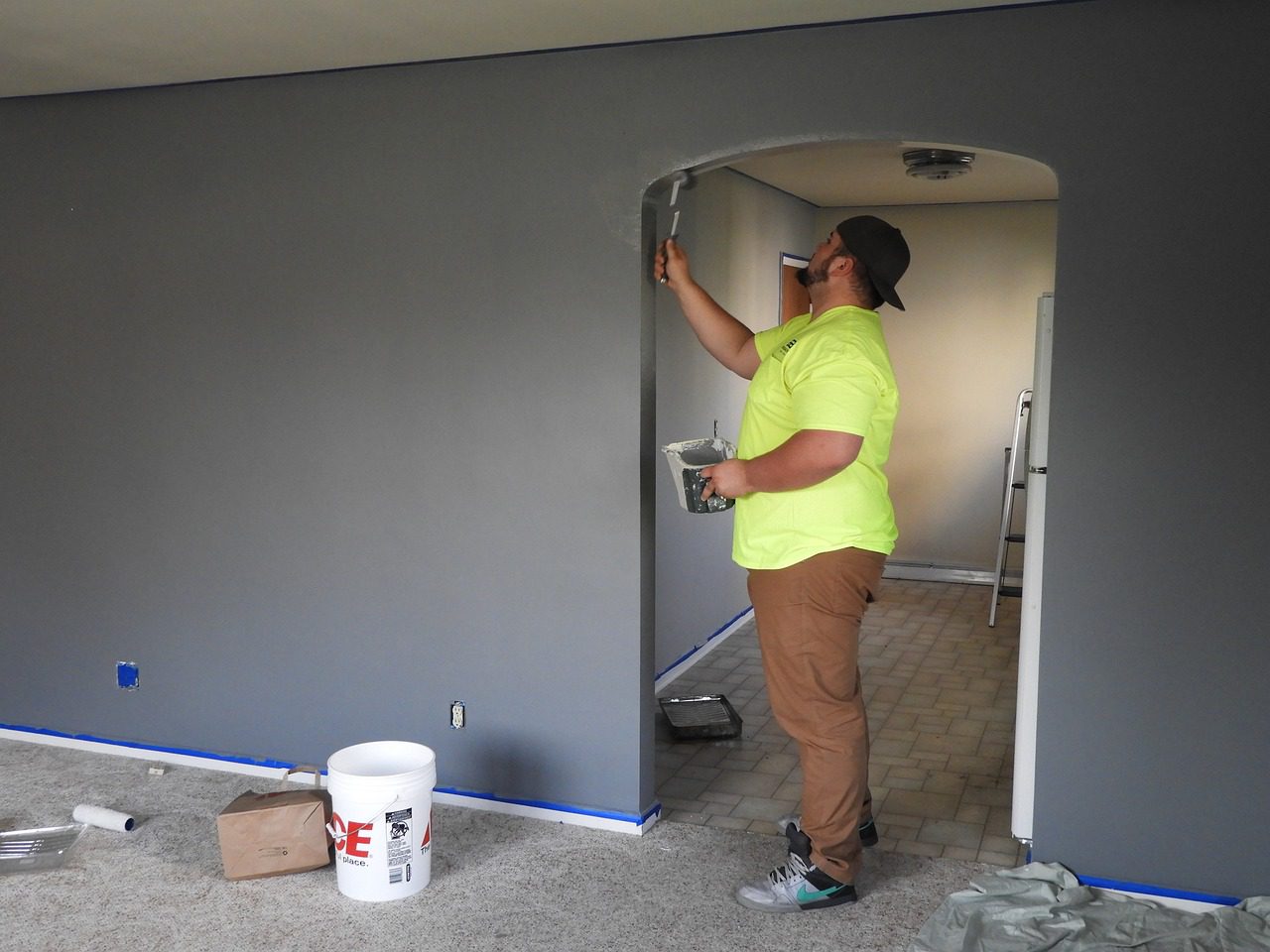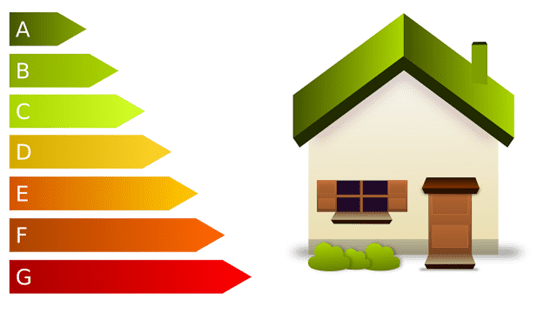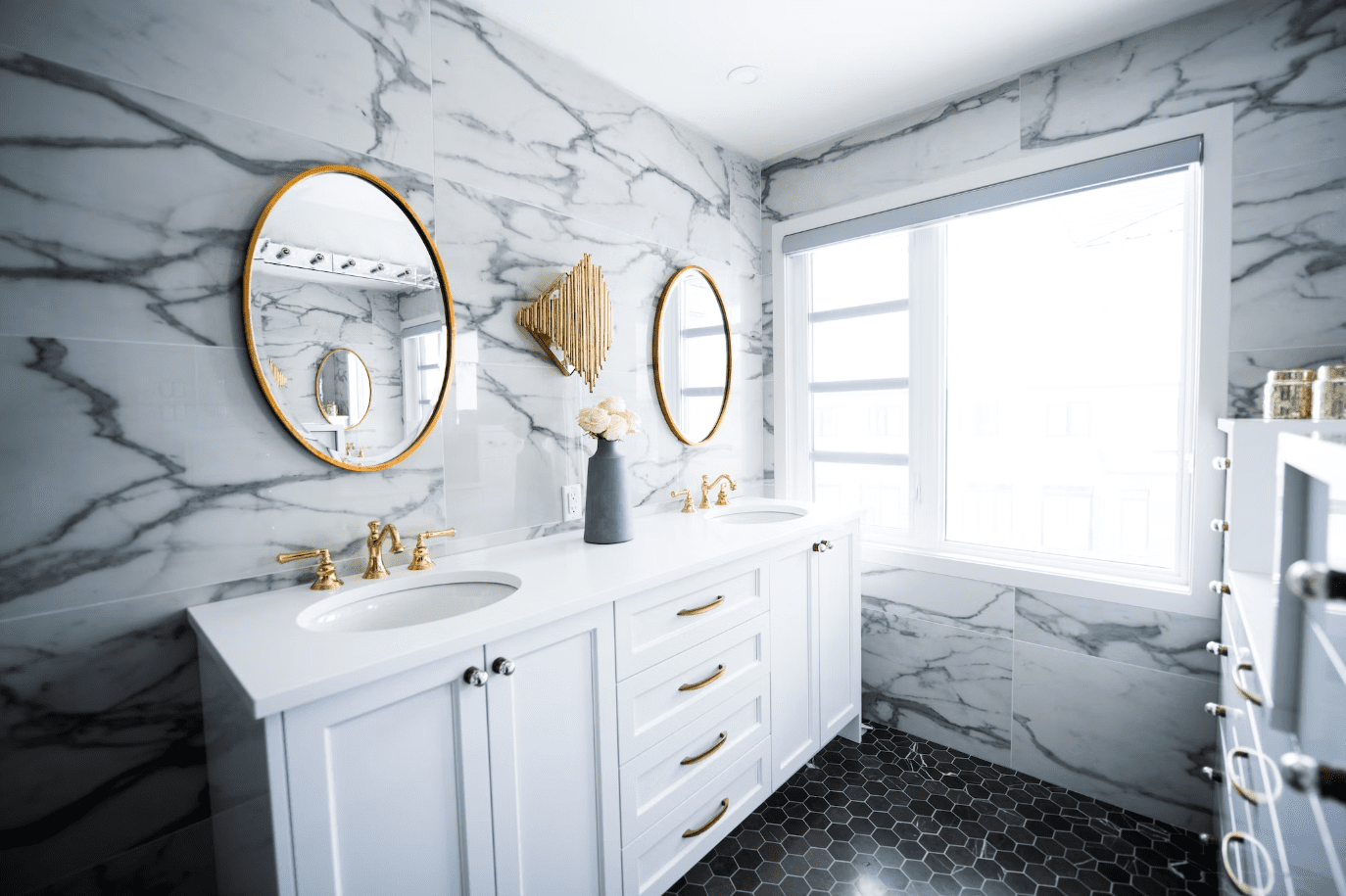Renovating your home is an exciting endeavor, offering the opportunity to create a space that reflects your style and meets your needs. But why stop at aesthetics and functionality? Incorporating sustainable practices into your home renovations not only benefits the environment but also promotes a healthier and more energy-efficient living space. In this comprehensive guide, we will explore a wide range of eco-friendly tips and ideas to help you embark on a sustainable home renovation journey.
1. Reclaimed Materials: A Touch of History and Sustainability
When it comes to sustainable home renovations, utilizing reclaimed materials is an excellent way to add character and reduce waste. Reclaimed wood, for instance, can be repurposed from old barns, factories, or retired ships. It not only adds a unique touch to your home but also saves precious resources. Reclaimed wood is often more durable and stable than newly sourced materials, making it an eco-friendly and long-lasting choice for flooring, furniture, or decorative accents.
But it’s not just wood that can be reclaimed. Consider repurposing cabinets, light fixtures, or flooring during your renovation project. By reusing these items, you prevent them from ending up in landfills and contribute to a more sustainable future. Not only will you reduce waste, but you’ll also save money on purchasing new items. So, before you start demolition, carefully evaluate what can be salvaged and creatively incorporate these elements into your new design.
2. Donations: Sharing the Love and Reducing Waste
As the saying goes, one person’s trash is another person’s treasure. Before you throw away items you no longer need, consider donating them. Whether it’s outdated furniture, decor, or even building materials, there are various organizations that would gladly accept your donations. Goodwill, Habitat for Humanity, and architectural salvage stores are just a few examples of places where your unwanted items can find a new home.
By donating instead of discarding, you not only help someone in need but also reduce the demand for new products. This, in turn, minimizes the energy and resources required for manufacturing and transportation. So, before you toss that old couch or cabinet, think about how it could benefit someone else and contribute to a more sustainable world.
3. Energy-Efficient Appliances: A Win-Win for the Environment and Your Wallet
When it’s time to replace your old appliances, opt for energy-efficient models. Look for appliances that are Energy Star-rated, as they are designed to conserve energy and reduce greenhouse gas emissions. Energy-efficient refrigerators, dishwashers, washing machines, and dryers not only help save the planet but also lower your monthly utility bills. In fact, according to EnergySage, switching to energy-efficient appliances can save you up to $2,200 per year.
Additionally, consider installing smart devices, such as thermostats, that can automatically adjust the temperature based on your preferences and occupancy. These devices help optimize energy usage by reducing unnecessary heating or cooling when you’re away from home. Making energy-efficient choices when it comes to your appliances and home automation systems not only benefits the environment but also puts money back in your pocket.
4. Secondhand Finds: Sustainable Style on a Budget
When renovating your home, don’t overlook the potential of secondhand items. Buying preowned furniture and decor not only saves you money but also reduces the demand for new products. Check out local thrift stores, architectural salvage shops, or online platforms dedicated to selling used items. You might be surprised by the unique and high-quality pieces you can find.
By choosing secondhand, you extend the lifespan of existing items and minimize the resources and energy required for manufacturing new ones. Plus, you’ll add a touch of vintage charm and uniqueness to your home. So, whether it’s a gently used sofa, a vintage light fixture, or a one-of-a-kind piece of art, consider giving preowned items a new life in your renovated space.
5. Low-VOC Paint: Colors that are Kind to You and the Environment
When it comes to painting your home, opt for low-VOC (volatile organic compounds) or no-VOC paint. Traditional paint products often contain harmful chemicals that can pollute indoor air and contribute to health issues. Low-VOC or no-VOC paints, on the other hand, significantly reduce or eliminate these harmful emissions.
Look for paint products with VOC levels of less than 5g/L, and choose brands that prioritize sustainability and health. Benjamin Moore, for example, offers a wide range of low-VOC and no-VOC paint options. With eco-friendly paint choices, you can transform your home while keeping the air you breathe clean and healthy.
6. Insulation: Keeping Comfort In and Energy Waste Out
Proper insulation plays a crucial role in maintaining a comfortable home environment and reducing energy waste. During your renovation project, consider adding insulation to areas like the attic, basement, and crawl spaces. Insulation helps keep your home warm in the winter and cool in the summer by minimizing heat transfer.
By effectively insulating your home, you can reduce the need for excessive heating or cooling, which translates into lower energy consumption and cost savings. Choose insulation materials that are eco-friendly and have a high insulation value, such as cellulose, recycled denim, or spray foam. Proper insulation not only benefits your wallet but also reduces your carbon footprint.
7. Tankless Water Heaters: Efficiency and Conservation in One
Traditional water heaters consume energy by continuously heating and storing water, even when it’s not being used. Tankless water heaters, on the other hand, heat water on demand, eliminating the need for a storage tank. This results in reduced energy consumption and water wastage.
By upgrading to a tankless water heater, you can significantly reduce your carbon emissions and conserve water resources. Tankless water heaters also have a longer lifespan than traditional models and take up less space, providing additional benefits for your home renovation project.
8. Solar Panels: Harnessing the Power of the Sun
Harnessing the power of the sun through solar panels is an excellent way to make your home more sustainable. Solar energy is a renewable and clean source of power that can significantly reduce your reliance on traditional electricity sources. By installing solar panels on your roof, you can generate your own electricity and potentially even sell excess power back to the grid.
While the initial investment may seem daunting, there are various incentives and financing options available that can make solar panel installation more affordable. Some utility companies offer rebates or credits, and the IRS provides incentives through the Residential Renewable Energy Tax Credit. Not only will solar panels help reduce your environmental impact, but they can also lead to long-term savings on your energy bills.
9. Dual-Pane Windows: Efficiency and Comfort Combined
Dual-pane windows offer improved insulation and energy efficiency compared to single-pane windows. They consist of two glass panes separated by a layer of gas or air, creating a barrier that reduces heat transfer. This means your home stays warmer in the winter and cooler in the summer, reducing the need for excessive heating or cooling.
When choosing dual-pane windows, opt for energy-efficient options with low-emissivity (low-E) coatings. These coatings help reflect heat and UV rays, further enhancing the energy-saving properties of the windows. Properly sealed and energy-efficient windows not only help you save on energy bills but also provide a more comfortable and quiet living environment.
10. Sustainable Materials: Style and Environmental Responsibility
When selecting materials for your home renovation, opt for sustainable options that are both aesthetically pleasing and environmentally responsible. Bamboo, cork, precast concrete, and marble are just a few examples of sustainable materials that can add style and functionality to your space.
Bamboo, known for its rapid growth and renewability, is an excellent choice for flooring, furniture, or decorative accents. Cork is harvested from the bark of cork oak trees, which naturally regenerate, making it a sustainable and versatile material. Precast concrete offers durability and energy efficiency, while marble provides a timeless and elegant touch to countertops and surfaces.
By choosing sustainable materials, you can create a beautiful home while minimizing your impact on the environment. Look for certified sustainable options and consider the lifecycle of the materials, ensuring they are responsibly sourced and produced.
11. Cool Roofs: Reducing Heat Island Effect and Energy Consumption
Traditional roofs made of dark, heat-absorbing materials contribute to the heat island effect, leading to increased energy consumption for cooling purposes. Cool roofs, on the other hand, are designed to reflect more sunlight and absorb less heat, helping to keep your home cooler.
Cool roofs can be made from various materials, such as metal, asphalt, or tile, that have reflective properties. By choosing cool roofs, you can reduce your energy consumption and lower your cooling costs. Additionally, cool roofs can contribute to a more comfortable living environment and help mitigate the urban heat island effect in urban areas.
12. Water Conservation: Small Changes for a Big Impact
Conserving water is an essential aspect of sustainable home renovations. Simple changes, such as installing low-flow fixtures or fixing leaks, can make a significant difference. Choose low-flow showerheads, faucets, and toilets to reduce water usage without sacrificing performance.
Additionally, consider collecting and reusing rainwater for activities like watering plants or flushing toilets. Rainwater harvesting systems can be installed to collect and store rainwater, reducing the demand for municipal water supplies and conserving this precious resource.
By incorporating water conservation practices into your home renovation, you can contribute to a more sustainable future and save on your water bills.
Conclusion
Embarking on a sustainable home renovation journey allows you to create a beautiful, functional, and environmentally responsible living space. By implementing eco-friendly practices such as using reclaimed materials, donating unwanted items, choosing energy-efficient appliances, and incorporating sustainable materials, you can significantly reduce your environmental impact and create a home that reflects your values.
With options like low-VOC paint, proper insulation, and solar panels, you can further enhance the energy efficiency of your home, reducing your carbon footprint and saving money on utility bills. By making small changes, such as upgrading to a tankless water heater, installing dual-pane windows, and practicing water conservation, you can contribute to a more sustainable and resilient future.
Remember, sustainable home renovations are not just about the end result; they are about making conscious choices throughout the process. By prioritizing sustainability, you can create a home that is not only beautiful and functional but also kind to the planet. So, go ahead and embark on your sustainable home renovation journey, knowing that you are making a positive difference for both your home and the environment.






